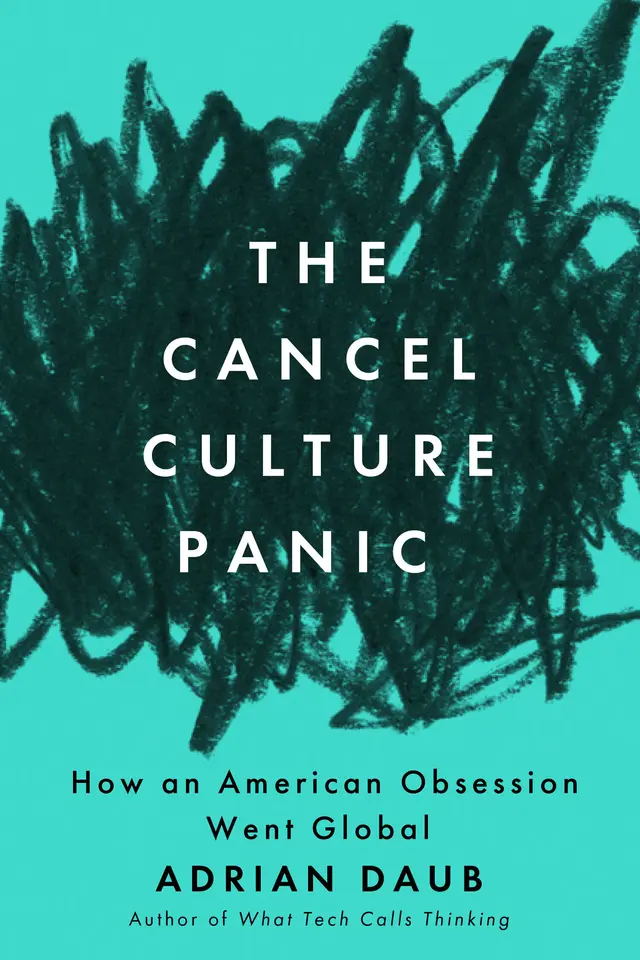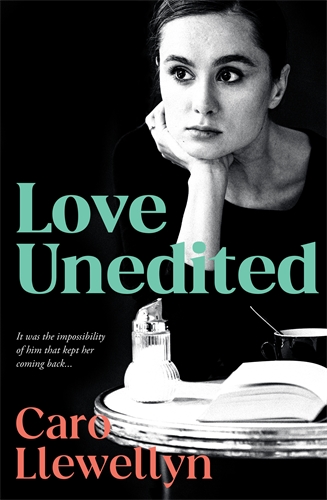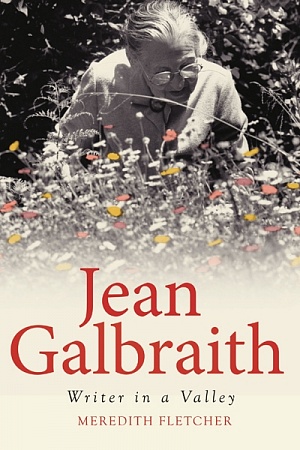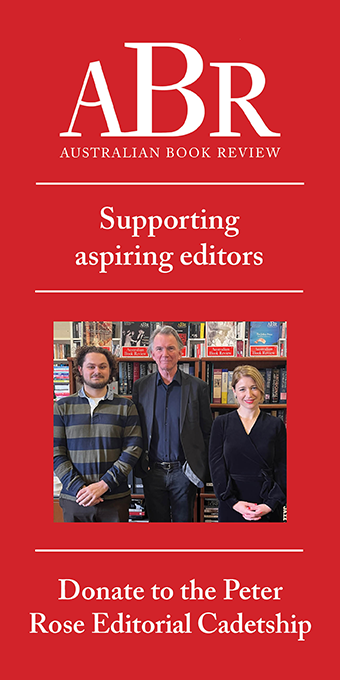Source: Nature’s healing role in art and writing
Allen & Unwin, $65 hb, 432 pp
Divinely lovely
Don’t be put off by the subtitle. This is not a work driven by some New Age personification of Nature. If you’re looking for a gloss on the one-word title, you might focus instead on the inspired austerity of the cover photograph: Autumn Moon, the High Sierra from Glacier Point, by Ansel Adams. Then again, the book contains no mention of Ansel Adams, or of Glacier Point. During the course of the chapters, many inspiring and extraordinary places are visited, but this is not one of them.
I greatly enjoyed reading Source, but there are some issues about what holds it together as a study of the creative process. It is ‘a fine thing to write about what you love, and to go to places where it was made’, Janine Burke says in her introduction. The book includes chapters on Georgia O’Keefe, Pablo Picasso, Karen Blixen, Jackson Pollock, Virginia Woolf, Vanessa Bell, Ernest Hemingway, Claude Monet, and Emily Kame Kngwarreye. Burke’s research on their impassioned attachment to place took her to the Kenyan plains overlooked by Mount Kilimanjaro, through the Chama Canyon to Ghost Ranch in New Mexico, to the Côte d’Azur, Long Island, and Utopia, in the Australian Central Desert. Nice work if you can get it, though, of course, such work isn’t given out; it’s created, and has its own source in a vision to be communicated.
Part of this book’s appeal is that it enables an intoxicating form of virtual tourism. I couldn’t help being seduced by the evocation of those landscapes, and of the smaller-scale locations – the rooms, studios, gardens – inhabited by epoch-changing artists on whom they had a transformational effect. Burke, an art historian, works a particular kind of alchemy through the overlay of natural description with aesthetic commentary.
Each day, O’Keefe explored the peaks, canyons, mesas and plains of Ghost Ranch, the ancient, wind-bitten landscape with its extraordinary palette of colours – gold, blood, mauve, orange. The atmosphere’s brilliant clarity amplified the precision with which [she] represented form.
Continue reading for only $10 per month. Subscribe and gain full access to Australian Book Review. Already a subscriber? Sign in. If you need assistance, feel free to contact us.















Leave a comment
If you are an ABR subscriber, you will need to sign in to post a comment.
If you have forgotten your sign in details, or if you receive an error message when trying to submit your comment, please email your comment (and the name of the article to which it relates) to ABR Comments. We will review your comment and, subject to approval, we will post it under your name.
Please note that all comments must be approved by ABR and comply with our Terms & Conditions.